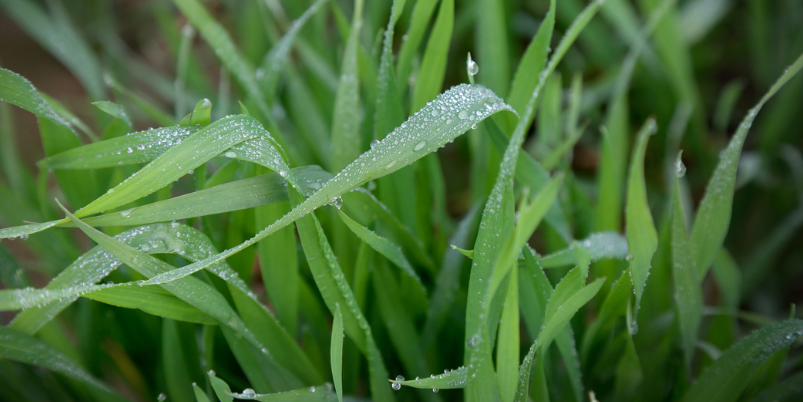Poor tank mixing & incompatibility risks plant health
Whilst tank-mixing chemicals improves efficiency, an incompatible mix can cause antagonism and reduce efficacy in the field.
Multiple tank mixes are becoming increasingly prevalent, particularly in the spring, where getting across large areas in a timely manner is vital. Tank mixing offers flexibility, saves time and may increase pesticide effectiveness, but poor mixing or the wrong tank-mix can become a spray operator’s worst nightmare.
Poor tank-mixing can cause downtime, damage to the sprayer, risk crop safety and reduce effectiveness in the field, costing you a whole lot of hassle and money in the long run. When you consider the cost of product in the spray tank, it pays to ensure they mix correctly.
Potential impact of poor tank mixing:
- Sediment (active ingredient) in the tank bottom instead of being applied to the field
- Blocked nozzles, pump & lines
- Thick paste residues
- Product disposal problem
- Sprayer out of action
- Antagonism that leads to poor efficacy & damage to plants
- Further expense – follow-up applications to fix poor performance in the field and new sprayer parts
Water & formulation type influence product mixing
Unfortunately water is not a great carrier for agricultural chemicals. It is a charged polar molecule and variability in water temperature and quality can affect how well products dissolve into it. Although most agricultural products are formulated to be as emulsifiable as possible, many contain elements that do not mix well. Examples include:
- Wettable powders, water dispersible granules, emulsifiable concentrates.
Some products may precipitate out as they are heavier than the water, eg Fertilisers and powdered metals. Take care using these, particularly if under time constraints.


Poor tank mixing and incompatibility can be the result of physical or chemical properties
Common causes of poor tank mixing & incompatibility
- Poor sprayer hygiene
- Tank below half full of water when adding products
- Wear and tear on agitation system/corrosion/blockages
- Adding products too fast
- Cold water slows mixing
- Adding concentrates at same time
- Incorrect mixing order of products
- Large number of products added to the tank – >3 products increases chance of incompatibility
- Chemicals applied in low water volume – lower the water volume, higher the risk
- Some formulations do not mix well together e.g. wettable powders and emulsifiable concentrates. Salt formulations are often a cause of incompatibility
- Sprayer left standing for long periods
- High pH – most spray water used is alkaline which can cause pesticide breakdown with susceptible active ingredients
You can do a simple jar test to check for compatibility
The following is a sign of a problematic mix:
- Products settling out instead of dissolving
- Solid residues
- Separation of liquids, film on top of the liquids
- Heat generated
- Lumps
- Gels
- Looks like poached eggs on top


How to avoid a tank mixing problem
With care and implementation of best practice tank-filling guidance, you can avoid a tank mixing disaster:
- Periodically inspect agitation system for wear and tear – replace worn parts
- Start with a scrupulously clean sprayer
- Half fill the spray tank with water before adding any products
- Maintain good agitation throughout filling process
- Use correct mixing order
- Add a water conditioner at start of filling if water is hard or alkaline to optimise water quality
- Read product labels & follow guidance
- Jar test if unsure of compatibility
- Add compatibility adjuvant Kantor if water is cold and mixes complex, to help products dissolve. Kantor will also buffer pH
- Add more water as products are added
- Make sure concentrates do not come in to contact with each other in the induction bowl
- Allow one product to completely clear the induction bowl before adding the next one
- Check slow to dissolve formulations like wettable powders and water dispersible granules are in solution before adding more
- Only mix up what you need – never leave a mixed solution in the spray tank overnight
- Clean the sprayer thoroughly between jobs


Learn more about Adjuvants & Water Conditioners


They’re not all muck and mystery! Master tank mix adjuvants and you’ll be able to select the right ones so you can push your pesticide performance to the max.
Learn more

Is hard water and high pH causing havoc with your tank mixes? If it is, you’ll need to condition hard water and correct pH with a water conditioner to maximise pesticide effectiveness.
Learn more







